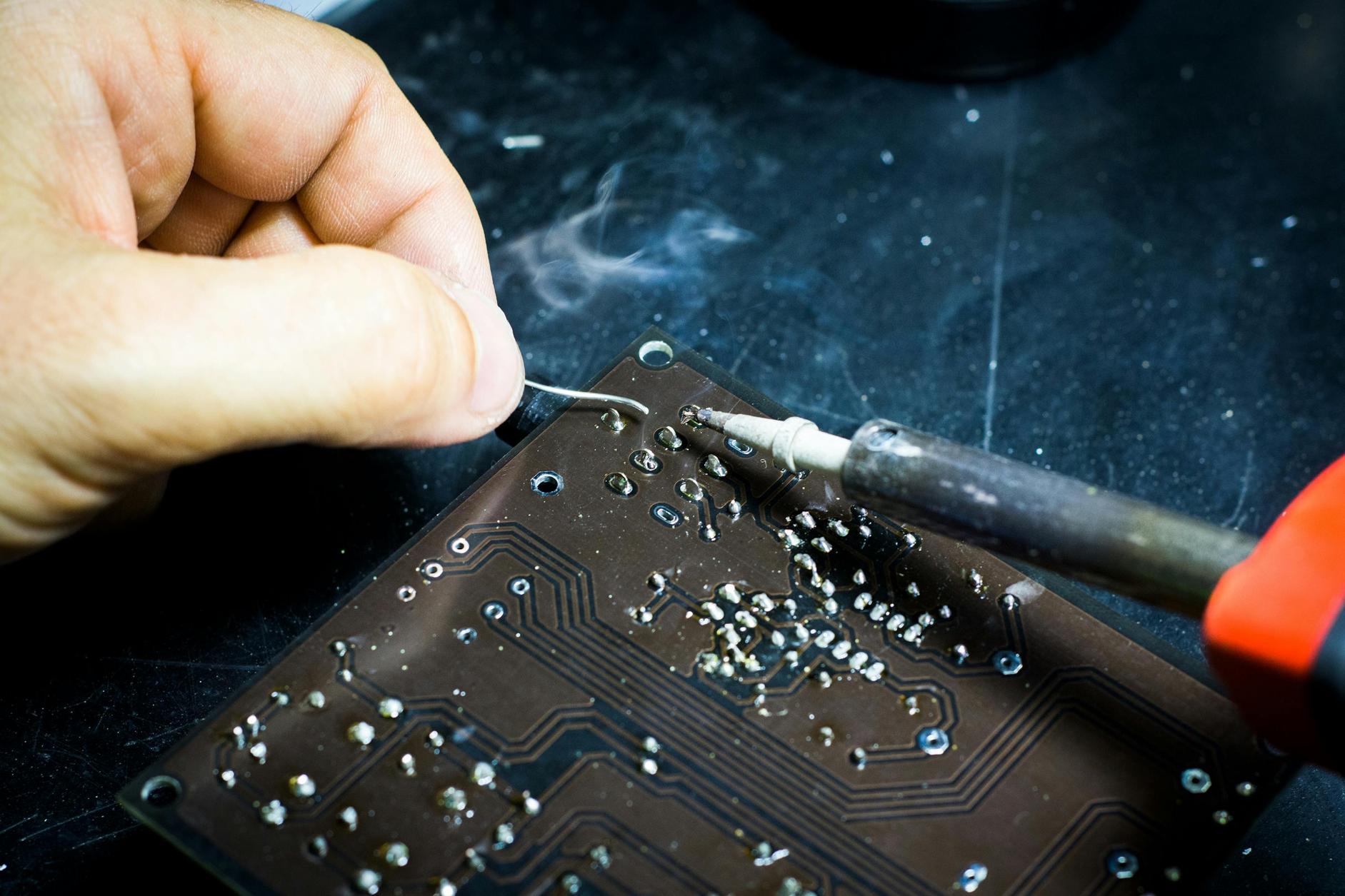How to Fix a Computer That Unexpectedly Restarts
Introduction
When your computer unexpectedly restarts, it can interrupt your workflow and potentially lead to data loss. Fortunately, most issues causing abrupt restarts can be diagnosed and fixed with a systematic approach. This guide offers detailed troubleshooting steps to address software, hardware, and system settings-related causes for unexpected restarts. Whether you're a novice or a tech-savvy individual, the instructions here will help restore your computer’s stability.

Understanding the Issue
Unexpected restarts can stem from several factors, including software glitches, malware, hardware malfunctions, and system settings. It’s crucial to identify the root cause to apply the appropriate solution. By the end of this guide, you should be able to pinpoint and resolve the issue, ensuring a smoother computing experience.
Preliminary Checks
Before diving into in-depth troubleshooting, perform some preliminary checks. These simple steps can sometimes resolve the issue or provide clues about the underlying problem.
- Check for Updates: Ensure that your operating system and all installed applications are up-to-date. Software updates often include fixes for bugs that may cause system instability.
- Backup Data: Regularly back up your data. In case of serious issues, you can avoid data loss.
- Disconnect Peripheral Devices: Remove all non-essential devices. Sometimes, external hardware can cause instability. Reconnect them one by one to identify any problematic device.
Once these preliminary checks are complete, you can proceed with more targeted troubleshooting methods.

Software Troubleshooting
Software issues are a common cause of unexpected restarts. The following steps often resolve these problems.
Update or Reinstall Drivers
Outdated or corrupted drivers can lead to system instability and restarts.
- Update Drivers: Use Device Manager to update drivers. Right-click on the device and select "Update driver".
- Reinstall Drivers: If updating doesn’t help, uninstall the current driver and reinstall it from the manufacturer’s website.
Scan for Malware and Viruses
Malware can cause various issues, including unexpected restarts.
- Run Antivirus Software: Use a reputable antivirus program to perform a full system scan.
- Use Malware Removal Tools: Sometimes, antivirus programs might miss certain threats. Use dedicated malware removal tools for a thorough scan.
Perform System File Checker (SFC) Scan
Corrupted system files can disrupt normal operations.
- Run SFC: Open Command Prompt as an administrator and type
sfc /scannow. Press Enter to begin the scan and repair process.
By completing these software checks, you should see noticeable improvements in your system's stability.
Hardware Diagnostics
If software troubleshooting doesn’t fix the issue, it's time to check the hardware. Hardware problems are often behind unexpected restarts, and identifying them early can prevent further damage.
Check for Overheating Issues
Overheating is a common cause of sudden restarts.
- Monitor Temperature: Use software like HWMonitor to check your CPU and GPU temperatures.
- Clean Dust: Clear dust from fans, vents, and the interior. Ensure your computer is in a well-ventilated area.
Test Memory Modules Using MemTest86
Faulty RAM can cause unexpected restarts.
- Download MemTest86: Create a bootable USB drive with MemTest86.
- Run Tests: Boot from the USB and run complete tests. Replace any faulty modules identified.
Inspect Power Supply and Connections
Inadequate or failing power supply can disrupt operations.
- Check PSU: Ensure your power supply unit (PSU) is providing adequate power. A PSU tester can help verify its functionality.
- Verify Connections: Ensure all internal and external power connections are secure.
Having covered both software and hardware, you’re now ready to delve into system settings adjustments.

System Settings Adjustments
Adjusting certain system settings can improve stability and prevent unexpected restarts.
Disable Automatic Restart on System Failure
Stopping automatic restarts can help you identify the cause.
- Open System Properties: Right-click on "This PC", choose "Properties", then "Advanced system settings".
- Disable Restart: Under "Startup and Recovery", click "Settings" and uncheck "Automatically restart".
Adjust Power Plan Settings
Power settings can affect performance and stability.
- Open Power Options: Go to Control Panel > Power Options.
- Modify Settings: Choose "High performance" and customize settings to prevent sleep and hibernate modes that may cause instability.
These settings adjustments will keep your system stable and prevent further restarts.
Advanced Steps
If you've tried all the previous steps and your computer still restarts unexpectedly, consider more advanced troubleshooting.
Update BIOS/UEFI Firmware
Outdated firmware can be a hidden cause.
- Check Version: Access BIOS/UEFI during startup and check your current version.
- Download Update: Visit the motherboard manufacturer’s website to download the latest firmware.
- Update: Follow the instructions carefully to update your BIOS/UEFI.
Re-seat RAM and Other Components
Poorly seated components can cause instability.
- Power Down: Turn off and unplug your computer.
- Re-seat Components: Remove and reinsert RAM, GPU, and other components securely.
Advanced steps often resolve persistent problems when simpler methods fail.
Conclusion
Resolving unexpected restarts requires a systematic approach spanning preliminary checks, software troubleshooting, hardware diagnostics, and system settings adjustments. Following this guide will help you identify and fix the root cause. Regular maintenance and updates can prevent future issues, ensuring a stable computing environment.
Frequently Asked Questions
What should I do if my computer keeps restarting after trying all the fixes?
If your computer continues to restart, consider consulting a professional technician. Persistent issues might stem from complex hardware or firmware problems that require in-depth analysis.
Can outdated drivers cause unexpected restarts?
Yes, outdated or corrupted drivers can destabilize your system. Regular updates ensure compatibility and stability.
How often should I perform maintenance checks on my computer?
Perform basic maintenance checks, like updating software and cleaning hardware, every 3-6 months. Regular maintenance ensures long-term stability and performance.



